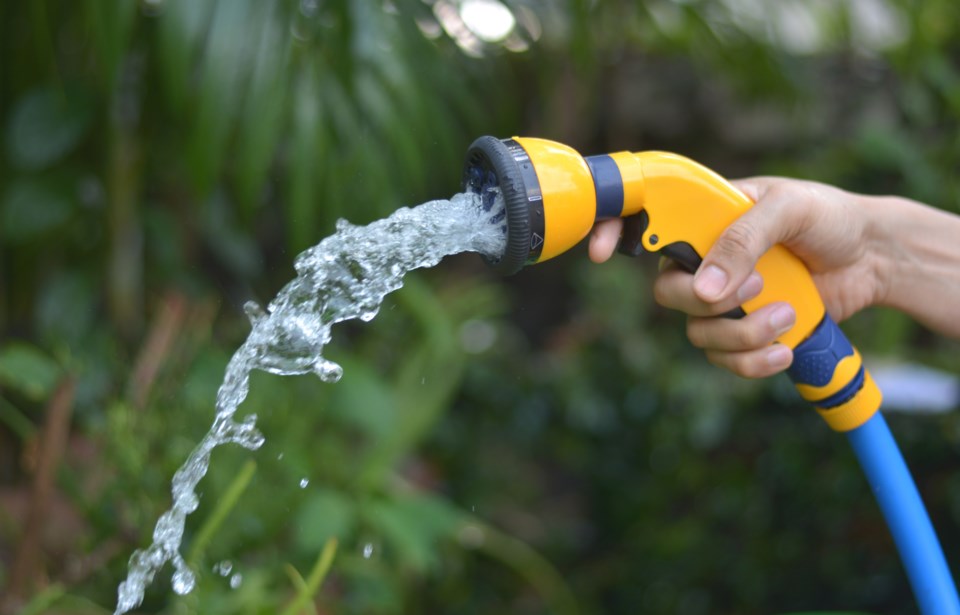Texas is heating up for the summer, and the rising temperatures mean more than just high air conditioning bills — they can also wreak havoc on house foundations.
North Texas is built almost entirely on clay soil, which expands when moist and contracts when dry. Coupled with the intense summer heat, maintaining a foundation can seem daunting for first-time homebuyers or new Texas residents unfamiliar with the soil.
During the dry season, water should be applied to the perimeter of the foundation. Good results can be achieved by gradually increasing the moisture in the soil using a soaker hose placed 12-18 inches from the foundation.
A consistent and controlled watering schedule is essential for effectively maintaining the soil near your property’s foundation. I’s important to keep the soil around the foundation adequately saturated during dry periods. Your watering schedule should ensure the soil remains evenly moist without becoming overly saturated.
“The water infiltration rate for clay soil is low and slow,” Texas A&M AgriLife Extension Agent Brad Voss previously told Local Profile. “To properly hydrate clay soil, you have to water for a short amount of time, let the water soak in, repeat. By contrast, if you water your lawn for thirty minutes straight, twenty minutes of that water will flow off your soil and be lost.”
Several critical indicators suggest that your home or building may need foundation watering:
Cracks: Noticeable cracks in the soil around your foundation indicate dryness. These cracks form as the ground shrinks due to moisture loss, potentially compromising the building’s stability and necessitating foundation watering.
Difficulty Penetrating the Soil Surface: If it’s hard to push a screwdriver or soil probe into the ground near your foundation, this suggests the soil is overly dry, which can lead to settlement and structural issues.
Uneven Foundation Settling: Uneven settling of your home’s foundation can result from inconsistent moisture distribution in the soil. Dry pockets cause differential settling, leading to sloping or uneven floors.
Soil Separation: In extreme cases, the soil around your home may appear to be pulling away or separating from your foundation. This indicates very dry soil and is a severe sign that requires immediate attention.
Don't miss anything Local. Sign up for our free newsletter.




